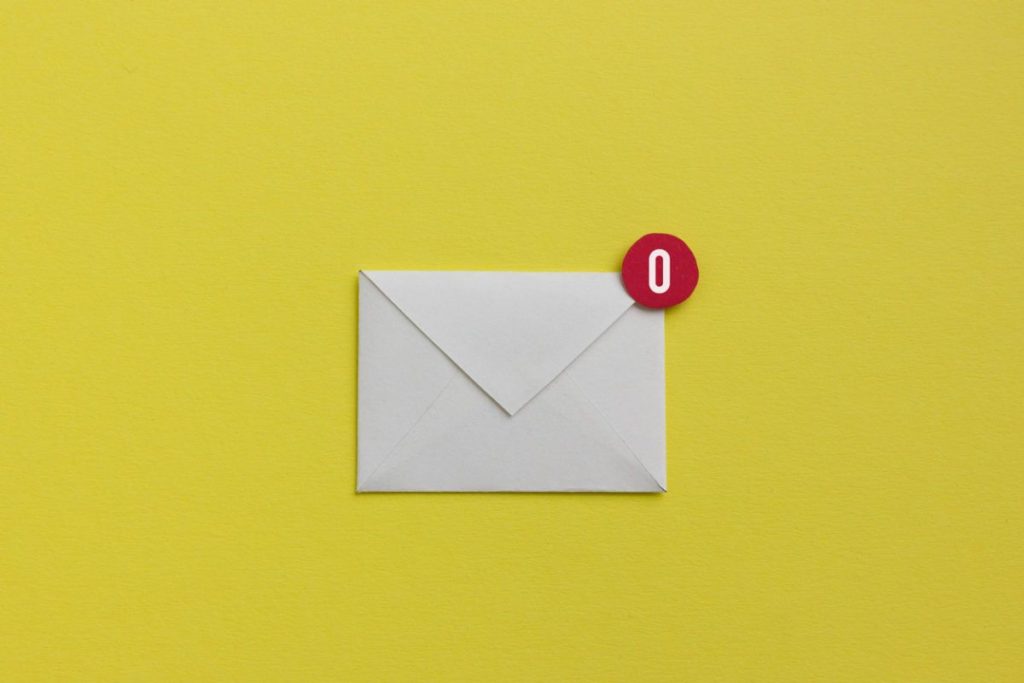Look at your email inbox. How many unread emails are there? A hundred? A thousand? My personal inbox has over 6,000 unread emails, which isn’t bad considering I’ve had this address for almost 15 years.
In 2007, Merlin Mann championed the idea of “inbox zero,” but now it’s become vogue to argue that inbox zero is impossible or not worth the effort. I don’t believe that, but how do you capture the unicorn of inbox zero without spending your life tied to a keyboard?
Every Email Has Value, but It Might Be Negative
A personal note from a friend or a job offer is a valuable email. The monthly notice regarding your frequent flyer account might be worth checking. A scam from a Nigerian Prince has a negative value (unless you’re comedian James Veitch whose replies to scam emails are the basis of some great comedy). Every unread email cluttering up your inbox has a small negative value.
For me, inbox zero means all your emails have been triaged into one of four categories:
- Emails with zero or negative value (e.g., junk)
- Those of low value that have been categorized (e.g., notifications from LiquidPlanner, coupons from a store you like)
- Something that can be quickly resolved (e.g., an event to be added to your calendar, a straightforward question)
- Something that needs a thoughtful response
It doesn’t mean that you’ve read every email or written a thoughtful response, it just means you know which ones are worth reading.
Why Is Inbox Zero Important?
Imagine you work in an organization where your team doesn’t practice inbox zero and you have a simple question to ask:
- You send an email to Bill asking, “Who is the stakeholder is on project XYZ?”
- You wait a day with no answer.
- You go see Bill and ask who the stakeholder is. He tells you it’s Betsy.
- You go back to your desk, look for Betsy, and find three, but you’re not sure which is the right one.
- You go see Bill again, and he lets you know which Betsy.
- You email Betsy, hoping she responds.
This process might take several days. Twice you interrupt Bill, reducing his efficiency. If he just answered the email in the first place at a convenient time the amount of work and disruption for everyone is reduced. By not answering the email, Bill increased his workload.
Inbox Zero Reduces Email Noise
It’s a lot easier to read all your emails if they’re worth reading. You can make it easier to read all your emails by following these steps:
- Get a spam filter.
- Unsubscribe from as many email lists as you can.
- If you can’t unsubscribe, create a “rule.”
These days almost everyone has a spam filter, but many people don’t take the 30 seconds it takes to get off an email list that you never read. My goal is once a day to remove myself from an unwanted list.
For the automatic emails, like notifications from your project management software, that you might occasionally want to read or search it’s best to create a rule that will place all those emails into their own mailbox (each rule should have its own folder). I consider mail in a well-defined folder as triaged, even if you’ve never read them. When you do decide to look at them, you can easily go through a large number quickly since they’re grouped together, and your brain is in “notifications” mode.
Some dreck will still make it through, but you can pretty quickly delete these messages. If you find yourself regularly deleting similar emails, you know it’s time to create a rule or unsubscribe for a list.
Inbox Zero Gets Things Done
Now that we’ve removed the worthless messages, how do we manage what remains? I find the Getting-Things-Done approach from David Allen works well.
For emails that can quickly be dealt with (less than 2 minutes), just knock those out. If you can’t answer the question, take a moment and forward the email to someone who might be able to help. I find that a quick reply resolves most emails and you get a reputation as a team player.
I flag emails that require investigation before they can be resolved, that way they don’t get lost in a sea of emails. When I have the time to dig into an issue, I look at my flagged emails and deal with the oldest one. Sometimes these flagged emails are for a complex topic that is poorly handled by email, so pick up the phone or arrange a meeting if that’s what’s needed.
What If That’s Not Enough?
What happens if you’re doing everything right, but you still can’t keep up?
Email is a very efficient method to resolve some types of queries, but if you’re too busy to answer your emails, then no communication approach will create more time. The people who argue for inbox infinity are just saying, “I’m too busy to answer your questions, so I’m going to make it hard for you to ask them.” Obviously, if you’re Jeff Bezos or Elon Musk, you can’t manage emails from every person who wants to complain about a late delivery or why they can’t go to Mars tomorrow, but for most of us, our emails are coming from colleagues who have legitimate questions.
If you can’t keep up with your email, you probably have more work than you can manage. Look to see what you can delegate or if there are projects that can be put on hold. If you can’t, things will fall through the cracks, but not keeping your inbox triaged will just make things worse.
 Schedule a demo of LiquidPlanner with a product expert today
Schedule a demo of LiquidPlanner with a product expert today







